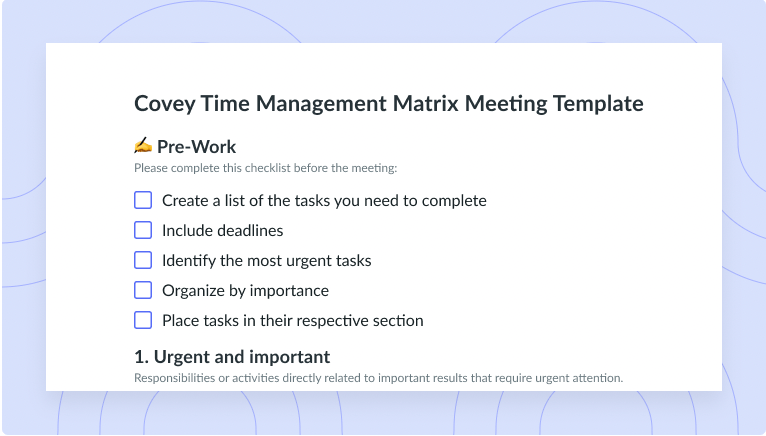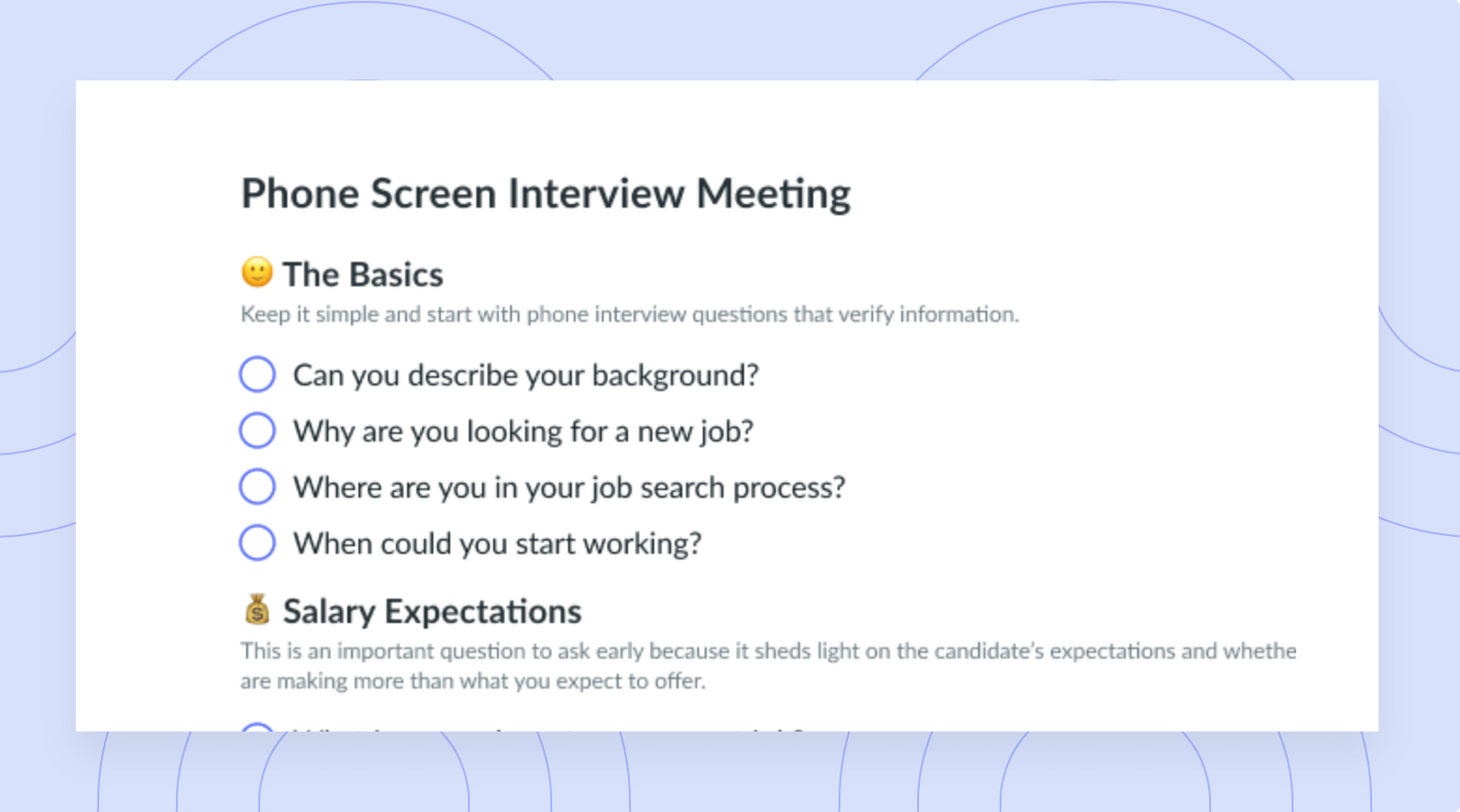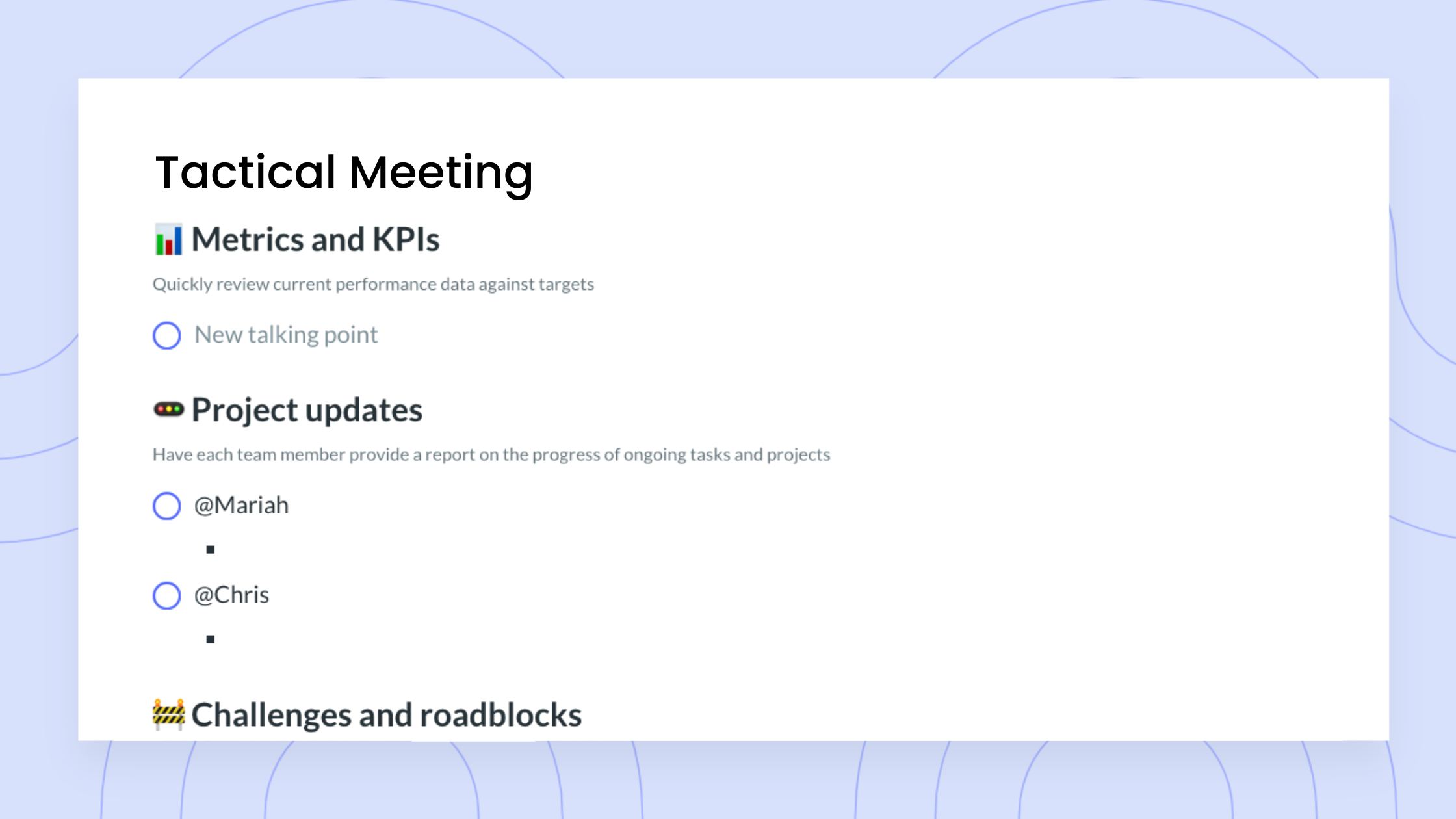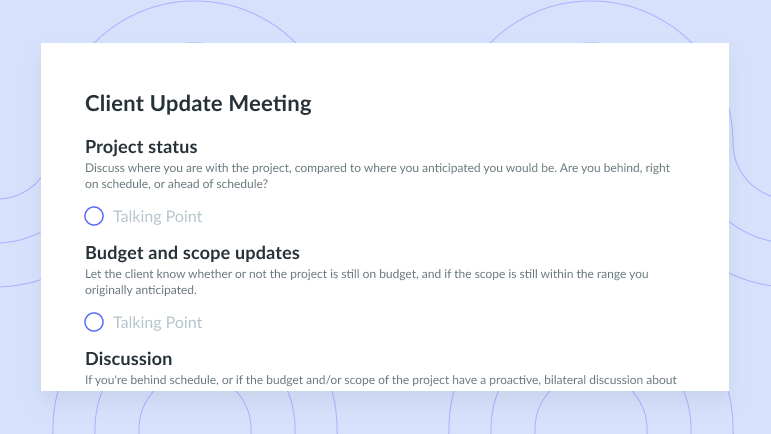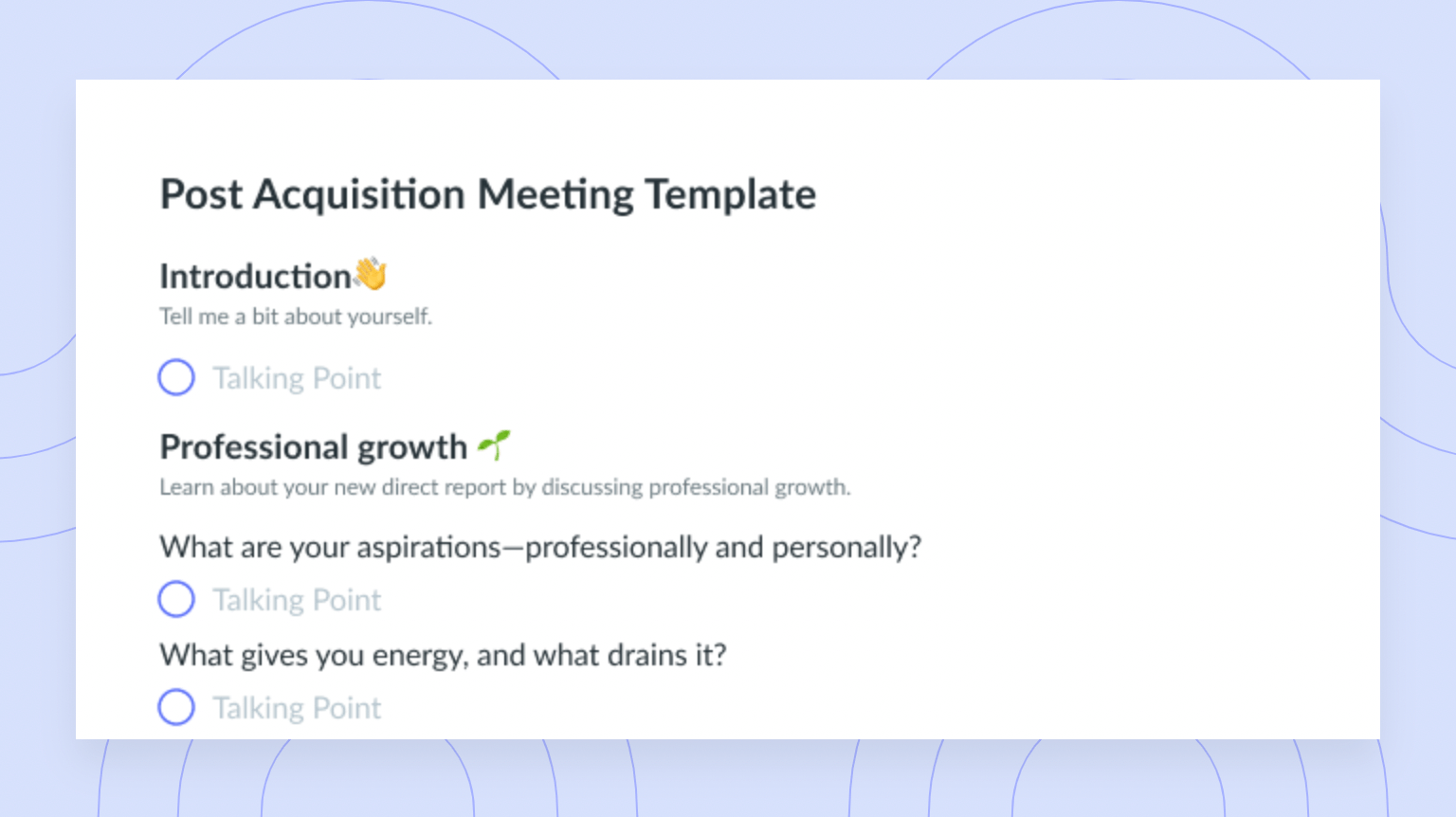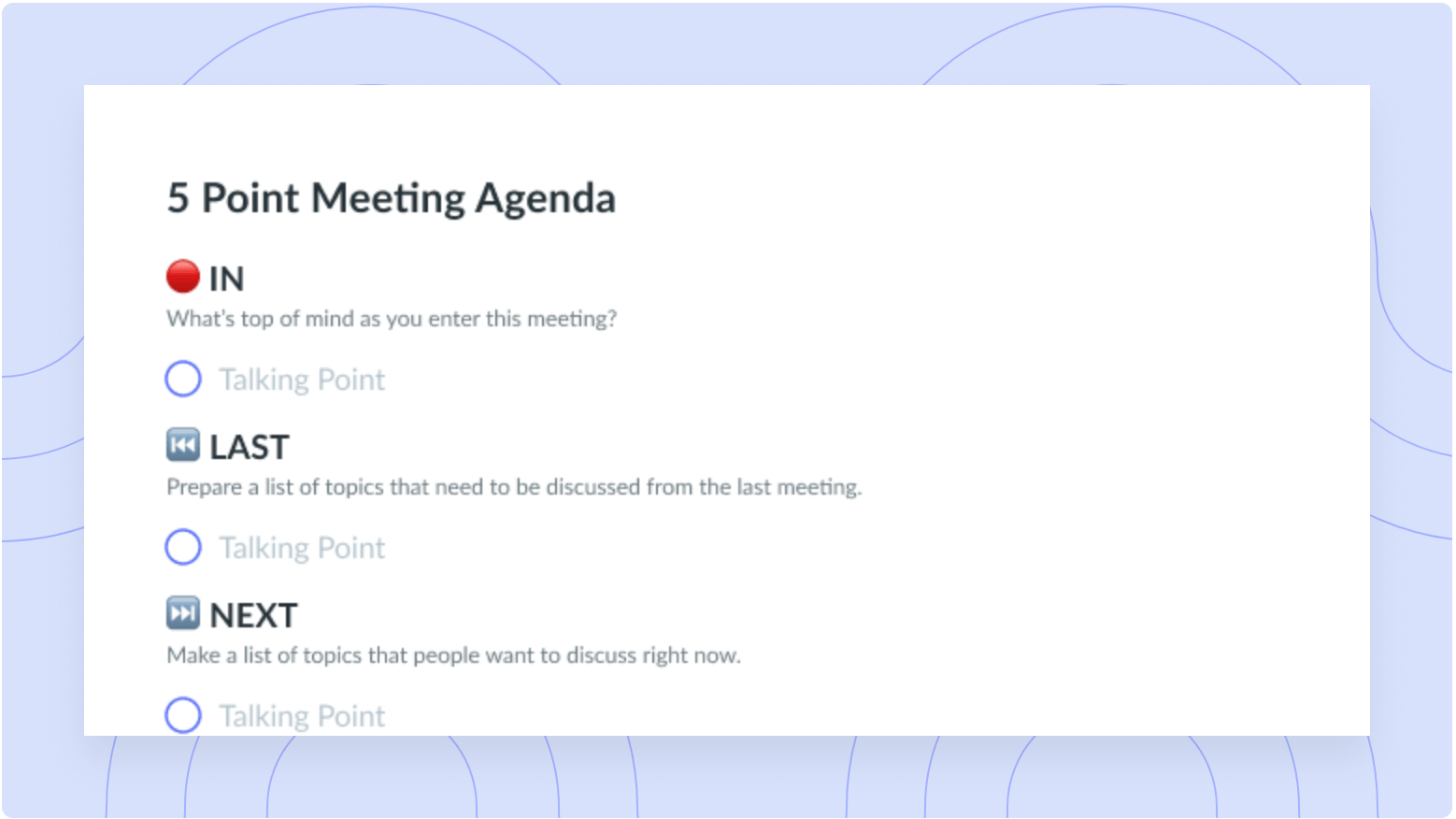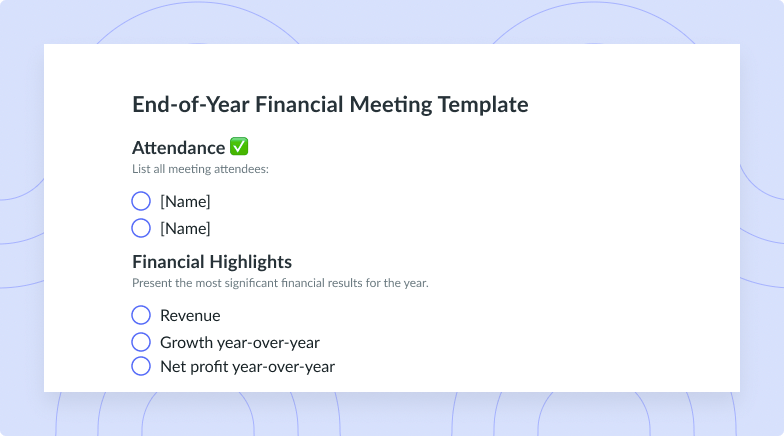How to Make the Most Out of Your Gap Time: 8 Tips
Streamline your time management and productivity by learning how to use the time between meetings to get ahead of your deliverables.
Do you struggle to fill short periods between meetings? Do you spend moments between important tasks mindlessly scrolling on your devices?
It can be challenging to develop good time management habits—especially when your work days consist of many short breaks between brainstorming sessions, one-on-ones, and team meetings. However, the ability to get things done during gaps in your day is critical to becoming a great planner, organizer, and teammate.
Today, let’s explore gap time, review the benefits of having gap time at work, and outline how you can optimize short periods between meetings to get ahead of your deliverables.
- What is gap time?
- Examples of gap time
- Benefits of having gap time at work
- How to use gap time effectively
What is gap time?
Gap time refers to any short period between meetings and other events at work. It’s sometimes referred to as fragmented time and is any free time shorter than two hours within your work day.
Generally, it’s ideal to have few gap periods each day. Too much gap time each day can lead to context switching and harm your productivity in the long run. Having many short periods for focused work can also deter you from working on complex tasks you won’t be able to finish in one sitting.
However, gap time has its benefits too! Using gap time to complete tasks you wouldn’t have been able to complete otherwise is a great time management strategy.
Examples of gap time
Gap time is any spare time during a workday that you can use to complete small tasks or small pieces of larger projects.
Some examples of gap time include periods during commutes on public transit, the time between back-to-back meetings, or any time during the workday that you catch yourself mindlessly scrolling on social media. It can include the five-minute periods you have between recurring meetings or hour-long timeframes at the end of each work day that you choose to fill with administrative tasks as well.

Run efficient meetings, come to a decision, and get back to work
Level up your meeting habits to boost engagement and productivity with a collaborative meeting agenda. Try a tool like Fellow!

Benefits of having gap time at work
- Increased creativity: Sometimes our most creative moments come at the most unexpected times. Gap times are great for quick solo research and brainstorming sessions. The next time you have 10 minutes between meetings and nothing urgent to tend to, come up with some new ideas for upcoming projects or improve a skill that will help you in your role.
- Reduced stress and burnout: While having a lot on the go can feel fulfilling at times, having too much on your plate may leave you feeling tired or unhappy and can lead to burnout. Reduce your stress by tending to small, mundane tasks and responding to emails that have piled up in your inbox. You can also fill gap times with administrative tasks like organizing files, replying to unopened emails and texts, scheduling meetings, or arranging work travel and accommodations.
- Improved productivity: Your productivity will improve if you use gap time to organize your workload. Use this time to create a detailed to-do list prioritized based on urgency. Check small items off this list whenever you have a spare moment or an empty time block in your calendar.
- Enhanced learning: Gap times are a chance to do professional development work you wouldn’t have prioritized otherwise. Use this time to keep up-to-date on the latest news and best practices in your field or to pick up a new skill.
- Better overall well-being: There’s nothing quite as disheartening as a never-ending list of tedious piled-up tasks. Improve your workplace satisfaction levels by filling your gap time with small, meaningful items that will have you feeling motivated to tackle more complex tasks.
How to use gap time effectively
- Prepare for your next meeting
- Take a screen break
- Tidy your desk area
- Prioritize your to-do list
- Send follow-up emails
- Plan your schedule for the rest of the day (or week)
- Do a quick task
- Review your notes
1Prepare for your next meeting
Preparation is the key to a successful meeting. During gaps in your work day, prepare for your upcoming meetings using Fellow’s meeting agenda tools. Fellow is the best tool for driving engagement and productivity during each meeting. Use gap times before meetings to create your agendas and add talking points that empower everyone to prepare. Review past notes so you remember and encourage others to add their talking points, too.
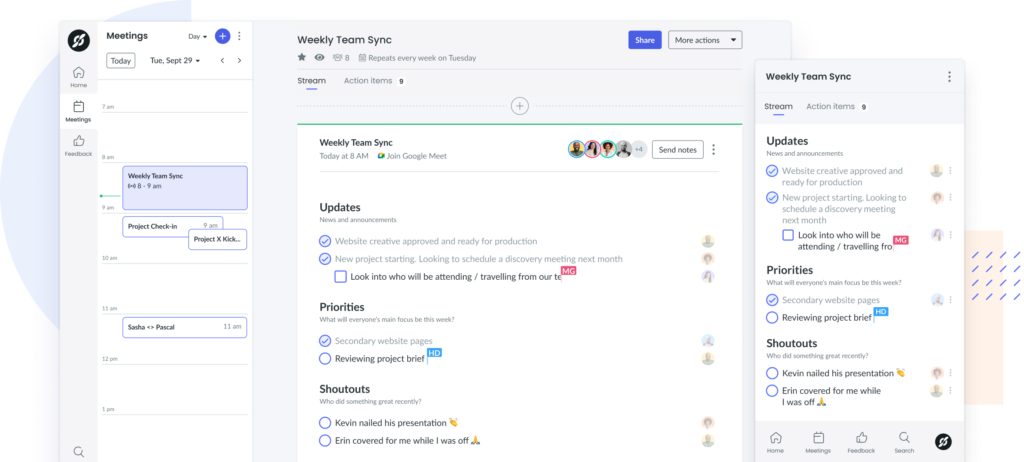
2Take a screen break
If your role requires that you stare at a computer screen all day, aim to use some shorter gap periods to log off and recharge. Take a brisk walk outside if the weather is nice to combat fatigue, or pick up a newspaper and read an article related to your industry. If a colleague of yours has gap time as well and wants to connect, use your gap period to improve your working relationship with them. Other screen break ideas could include brainstorming goals or journaling on a sheet of paper or doing some quick stretches at your desk.
3Tidy your desk area
It’s easy to let dishes, paperwork, and other miscellaneous items pile up when you’re busy with important projects and deadlines. If you don’t already dedicate a few minutes each week to tidying your desk area at the office, use some gap time to do so. Wipe down high-touch surfaces with water and a disinfectant spray, throw out useless items and papers that you no longer need, and make labels for files and drawers. You can also use gap time to declutter your digital spaces like your computer desktop, work applications, phone, and tablet.
4Prioritize your to-do list
Create a list of your must-do tasks and prioritize them based on urgency and deadline. Use Fellow’s action item tracker to assign, visualize, and prioritize all your meeting to-dos in one space. If you have gap time after a meeting, reorganize your to-do list on our action items page, review who is doing what tasks, and check off action items on your own list. Don’t stress if you don’t have a chance to get to every item during your gap time, because Fellow will automatically carry forward incomplete deliverables into your next meeting.
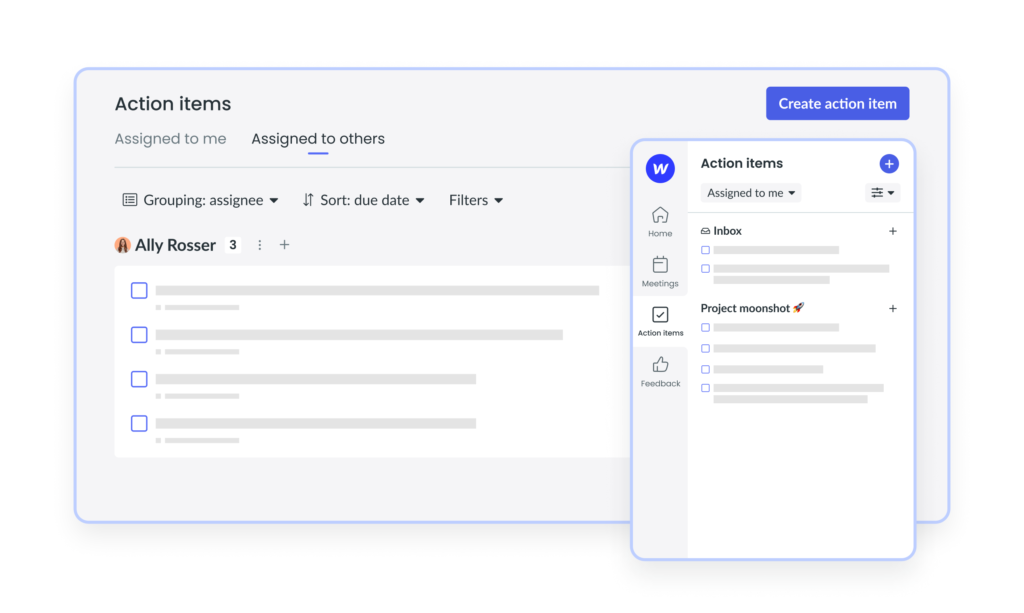
5Send follow-up emails
It can be difficult to find enough time to send follow-up emails during busy seasons. Use gap times to master the art of follow-up emails and send notes that express appreciation to colleagues and clients after important meetings. In each follow-up email, recap the meeting, summarize key decisions, and add the next steps for the person or group you’re emailing. Remember, great follow-up emails can make the difference between happy customers and confused ones.
6Plan your schedule for the rest of the day (or week)
Gap times are the perfect chance to use the time-blocking method to batch different types of tasks, block your time, and theme your days. Begin by making a list of your top priorities and determining why you want to organize your calendar in the first place. Add urgent tasks to your calendar first and be realistic with how much time you give yourself to complete them. Don’t forget to set time aside in your calendar for deep work, breaks, and reactive tasks once you’ve added all of your key responsibilities to your calendar.
7Do a quick task
Use gap times to complete any quick one-time activities that are related to a project but aren’t associated with any complex workflow. These tasks should help you manage your workload but shouldn’t feel too overwhelming to complete during shorter periods. For example, budget planning, bookkeeping, delegating tasks, sending outreach and sales emails, scheduling meetings, report-writing, and preparing for upcoming meetings can all fall under this category depending on your role.
8Review your notes
Lastly, spend gap time reviewing notes from previous meetings. Reviewing your notes will keep you accountable for what you agreed to complete during previous meetings and remind you of what decisions were made, as well as what others are working on.
You can also use Fellow’s free Chrome extension, which makes it easy to access your meeting notes from your calls and calendar, to speed up your review of your notes. Our browser extension makes it second nature to scan your outstanding deliverables and take action during slow times during the work day.
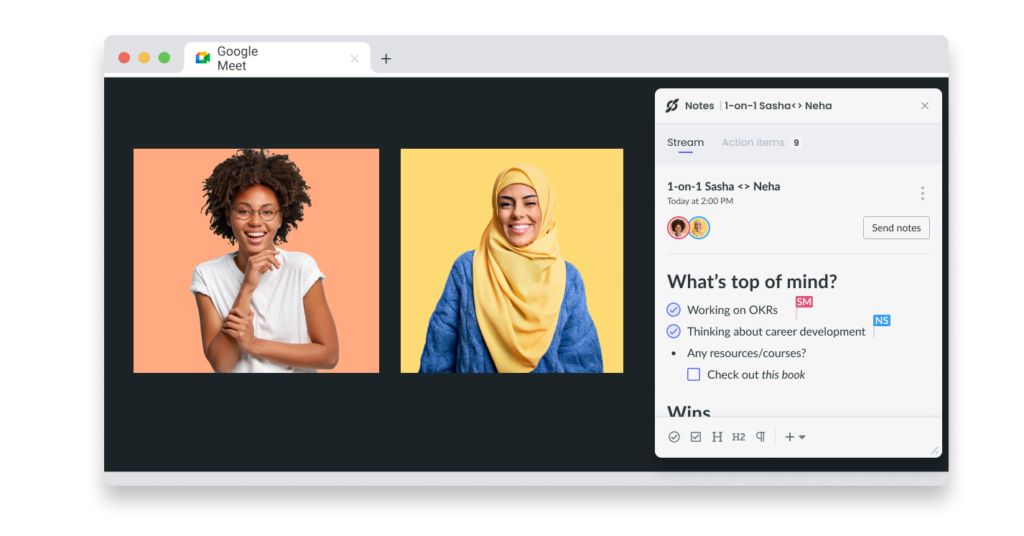
Parting advice
Picture this: It’s a Friday afternoon and you have back-to-back meetings between noon and the end of the work day. Before you learned how to productively fill gap times, the short breaks between your meetings were filled with mindless scrolling on your phone and distracting your colleagues with unimportant questions. Now, you’ve built a better habit of using these gaps to check small items off your to-do list, brainstorm creative ideas, and get ahead of your workload.
The best part is that this new habit has left you feeling happier and less stressed than ever before. Success!
If you struggle to fill gap times with meaningful work, start today by following our eight steps to use your in-between time more effectively.









